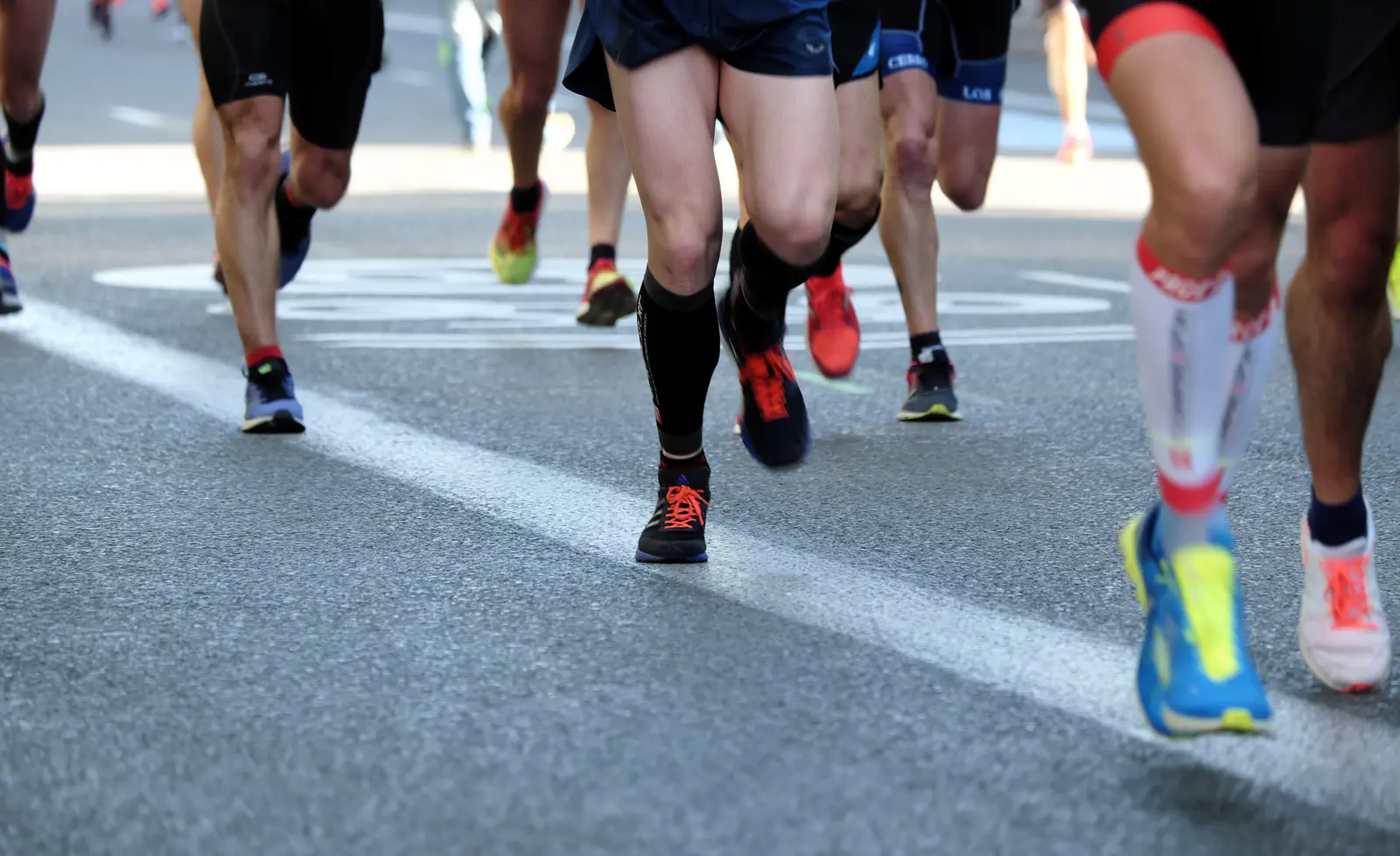Sports injuries to the foot and ankle are extremely common, whether from running, jumping, or sudden changes in direction. These injuries can range from mild sprains and strains to more complex tendon, ligament, or stress fractures. For athletes and active individuals, proper treatment is essential — not only to relieve pain but also to prevent re-injury and restore full performance. While traditional care focuses on rest and rehabilitation, today’s regenerative medicine therapies provide advanced solutions that speed recovery and strengthen injured tissues, helping athletes return to activity faster and safer.

No. The majority of foot and ankle sports injuries can be treated with non-surgical options, including regenerative medicine, physical therapy, and bracing.
Regenerative therapies stimulate natural repair of injured tissues, reduce inflammation, and promote faster recovery, often avoiding the need for surgery.
Recovery time depends on the type and severity of the injury. Mild sprains may heal in a few weeks, while more significant injuries may take several months. Regenerative medicine can help shorten recovery time.
It’s not recommended. Playing through pain can worsen the injury and lead to long-term problems. Early treatment helps you return to activity safely.
Tendonitis, ligament sprains, partial tears, and stress-related injuries often respond very well to regenerative therapies.
If you have persistent pain, swelling, bruising, or difficulty bearing weight after an injury, it’s important to see a specialist right away.